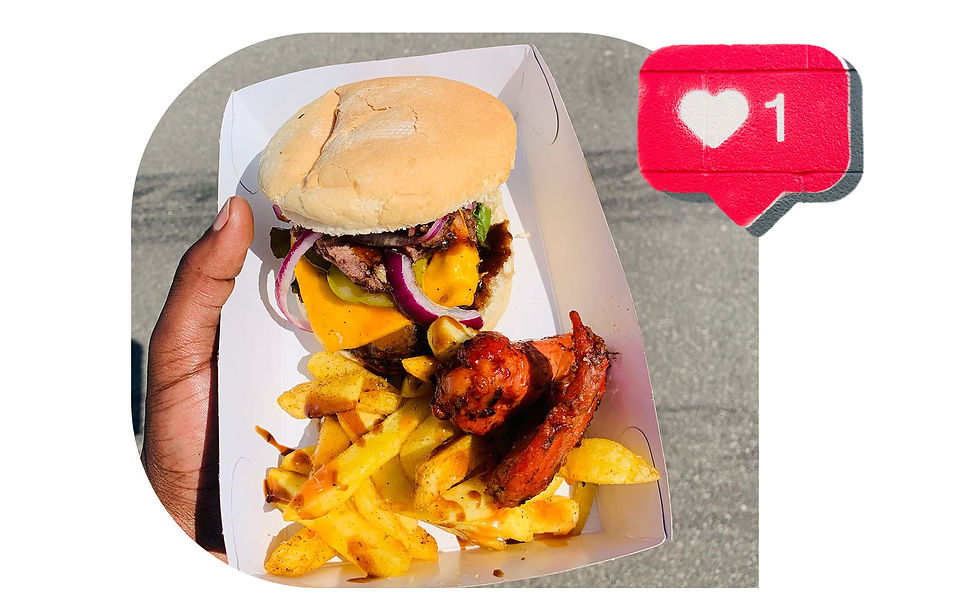Exploring the Different Types of Influencers
- Socius Media

- May 25, 2024
- 3 min read
Influencers have become an integral part of the marketing landscape, with their ability to shape opinions and drive consumer behavior. However, not all influencers are created equal. They come in various shapes and sizes, each with unique attributes and audiences. In this blog post, we'll explore the different types of influencers, highlighting their characteristics, strengths, and the niches they typically operate in.

Below we explore the different types of influencers. The 4 most common are Mega-Influencers, Macro-Influencer, Micro-Influencers and Nano-Influencers.
1. Mega-Influencers
Who They Are: Mega-influencers are the celebrities of the social media world. They have over a million followers and often enjoy mainstream fame outside of social media.
Characteristics:
Massive reach and influence.
High engagement rates due to their popularity.
Frequently collaborate with large brands.
Strengths:
Can drive significant brand awareness.
Ideal for large-scale marketing campaigns.
Often have a diverse audience.
Examples:
Famous actors, musicians, or athletes.
Top-tier YouTubers or Instagram stars.
"Clients assume that an A-List Celebrity is the best option. This isn't always true."
2. Macro-Influencers
Who They Are: Macro-influencers have a substantial following, typically between 100,000 and 1 million followers. They are often recognized experts in their fields or well-known personalities in specific niches.
Characteristics:
Strong influence within their niche.
High engagement from a targeted audience.
Professional approach to collaborations.
Strengths:
Ideal for targeted marketing campaigns.
High credibility within their niche.
Can drive significant engagement and conversions.
Examples:
Popular bloggers or vloggers.
Social media personalities with a strong niche presence.
3. Micro-Influencers
Who They Are: Micro-influencers have between 10,000 and 100,000 followers. They are often everyday individuals who have built a loyal following within a specific community or niche.
Characteristics:
Highly engaged and loyal audience.
Strong personal connection with followers.
Authentic and relatable content.
Strengths:
High trust and credibility.
Cost-effective for brands with smaller budgets.
Excellent for niche marketing.
Examples:
Niche bloggers, fitness enthusiasts, or DIY experts.
Local influencers with a strong community presence.
4. Nano-Influencers
Who They Are: Nano-influencers have a smaller following, usually between 1,000 and 10,000 followers. They are often seen as the most relatable and authentic influencers.
Characteristics:
Extremely high engagement rates.
Strong personal relationships with followers.
Highly trusted and perceived as genuine.
Strengths:
High levels of trust and credibility.
Ideal for hyper-targeted marketing.
Cost-effective and often willing to collaborate for free products or small fees.
Examples:
Local community leaders.
Passionate hobbyists or niche experts.
5. Bloggers and Vloggers
Who They Are: Bloggers and vloggers create long-form content, either written or video-based, and have followers who are highly interested in their content.
Characteristics:
Deep expertise in their subject matter.
High engagement through detailed and valuable content.
Loyal and dedicated audience base.
Strengths:
Ideal for content marketing and SEO.
Can provide in-depth product reviews and tutorials.
Strong influence over purchase decisions.
Examples:
Food bloggers, travel vloggers, tech reviewers.
6. Social Media Stars
Who They Are: These influencers dominate specific social media platforms like Instagram, TikTok, Twitter, or LinkedIn.
Characteristics:
Platform-specific content expertise.
High engagement rates on their chosen platform.
Skilled in creating platform-specific content.
Strengths:
Ideal for campaigns targeting specific social media audiences.
Can quickly create viral content.
Strong influence on their platform of choice.
Examples:
TikTok dance creators, Instagram fashion influencers, LinkedIn industry experts.
7. Industry Experts and Thought Leaders
Who They Are: These influencers are highly respected figures in their industries, often with significant offline influence as well.
Characteristics:
Deep knowledge and expertise in their field.
High credibility and trust.
Often have a mix of online and offline influence.
Strengths:
Ideal for B2B marketing and professional services.
Can provide authoritative endorsements.
Often have a well-established personal brand.
Examples:
Authors, keynote speakers, industry analysts.
8. Activists and Advocates
Who They Are: These influencers are passionate about social, environmental, or political causes and have a following that supports these issues.
Characteristics:
Deep commitment to their cause.
Highly engaged and passionate followers.
Strong sense of authenticity and integrity.
Strengths:
Ideal for cause marketing and CSR initiatives.
Can drive significant awareness and support for causes.
Often collaborate with non-profits and ethical brands.
Examples:
Environmental activists, social justice advocates, animal rights campaigners.
Conclusion
Understanding the different types of influencers can help brands and marketers make informed decisions about their influencer marketing strategies. Each type of influencer offers unique advantages and can be leveraged to achieve specific marketing goals. Whether you’re aiming for broad brand awareness or targeting a niche audience, there’s an influencer out there who can help you achieve your objectives.



Comments